Join us as we take a closer look at 15 different species of birds of prey that you can spot in Austria.
Nestled in the heart of Europe, Austria is not just about schnitzels, opera, and “The Sound of Music”. Its picturesque landscapes also form an impeccable haven for raptors. Let me be your expert guide in unraveling the feathery treasures that await your visit.
Let’s take a look at 15 different species of birds of prey that you can spot in Austria!
1. White-Tailed Eagle (Haliaeetus albicilla)
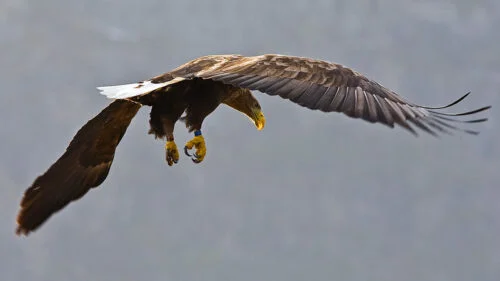
The White-tailed Eagle, oh, a sight to behold! These large birds of prey have an incredible wingspan of up to 8 feet. With a pale head, brown body, and white tail, they surely know how to make an entrance. Their diet? Fish is the delicacy of choice, but they don’t say no to waterbirds and carrion. Did you know that these are the largest eagles in Europe? That’s right! For the best eagle-eye experience, visit the Neusiedler See-Seewinkel National Park in eastern Austria.
2. Golden Eagle (Aquila chrysaetos)
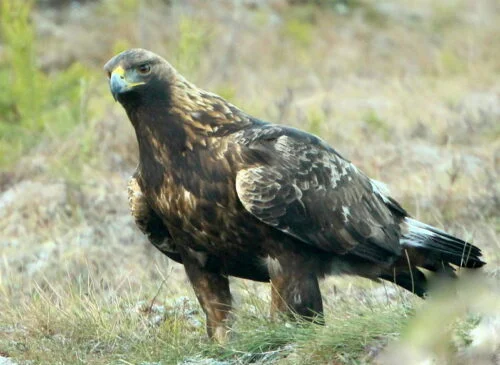
Oh, what regality! The Golden Eagle, draped in dark brown plumage, carries a crown of golden feathers on its head and neck. These magnificent creatures command the skies with a wingspan of 6 to 7.5 feet. Like the royals they are, Golden Eagles enjoy a fine dining experience that includes rabbits, marmots, and occasionally, a fox. Fancy that! Did you know that these eagles can swoop down on their prey at astonishing speeds of up to 150 miles per hour? For a rendezvous with these kings and queens of the sky, make your way to the Gesäuse National Park. Trust me, it’s an audience you won’t forget!
3. European Honey Buzzard (Pernis apivorus)
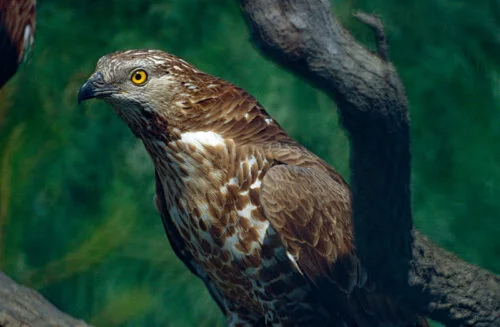
The European Honey Buzzard is the undercover agent of the bird world. With their slender frame and brown color, they often get confused with common buzzards. But these guys have a secret – they’re mad about sweets! Yes, wasp and bee larvae to be precise. And guess what? They are immune to bee stings! Imagine the superpower! To catch a glimpse of these sweet-toothed spies, head to the wooded areas of Lower Austria.
4. Eurasian Sparrowhawk (Accipiter nisus)
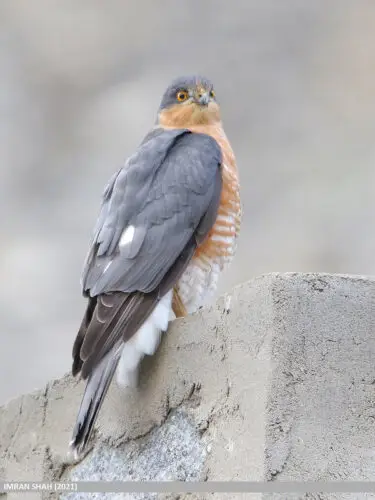
Meet the forest navigator, the Eurasian Sparrowhawk. Small but nimble, with a wingspan of 21-27 inches, they possess a brownish upper body and barred underparts. The agility of these birds through dense forests is simply awe-inspiring. On their menu? Small birds, plucked fresh from the trees. To play hide-and-seek with these woodland aces, venture into the Vienna Woods.
5. European Kestrel (Falco tinnunculus)
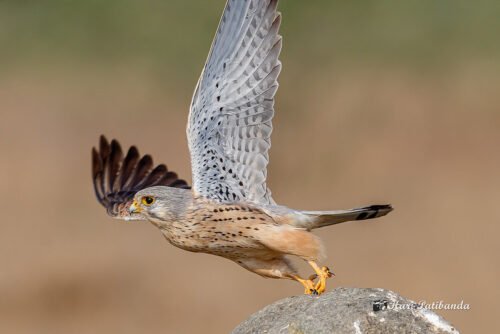
Ah, the European Kestrel, a painter’s muse with its reddish-brown plumage adorned with dark spots. This petite raptor, also known as the Common Kestrel, boasts an impressive wingspan of up to 31 inches. The Kestrel is like a gymnast in the sky – hovering effortlessly before diving for its prey. Speaking of food, it prefers small mammals and insects. Fun fact – it has the ability to see ultraviolet light, which helps it to detect the urine trails of small prey. Isn’t that cool? The Austrian Alps are your best bet for spotting these aerial acrobats.
6. Griffon Vulture (Gyps fulvus)
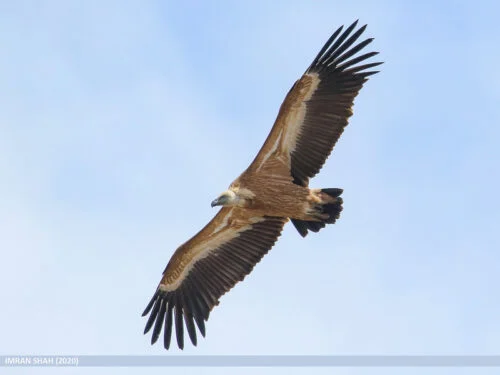
Introducing the gentle giants – the Griffon Vultures. With a wingspan stretching 7 to 9 feet, they are the burly bouncers of the bird world. Don’t be alarmed by their imposing stature; they are the clean-up crew, feasting on carrion and thus keeping the environment clean. Rumor has it that they can gobble up to 11 pounds of food in a single meal! Feeling like indulging in a winged clean-up operation? Kalkalpen National Park is the place to be.
7. Red Kite (Milvus milvus)
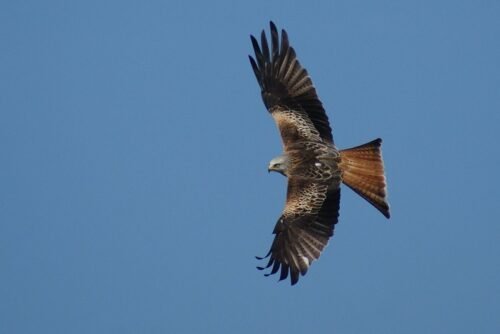
The Red Kite, with its russet hues, looks like a leaf on the wind. A 5.5 feet wingspan, forked tail and a penchant for performing aerial ballet, make this bird a delightful sight. They mainly scavenge but won’t say no to small mammals. Fun fact: They have a mutual relationship with crows – while crows keep predators away, kites keep an eye out for food. You can spot them gracefully dancing in the skies of the Burgenland region.
8. Black Kite (Milvus migrans)
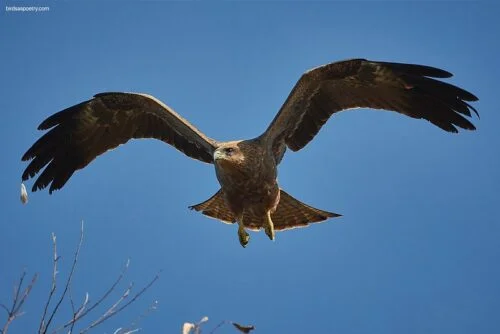
The Black Kite is a sky surfer, effortlessly gliding through the air with its forked tail. With a wingspan of around 5 feet, their brown plumage sometimes appears black against the light. The Black Kite isn’t too picky when it comes to food – carrion, small mammals, or birds, they take what they get. They’re known to catch food tossed in the air! Catch them showing off their aerial antics in the Danube-Auen National Park.
9. Common Buzzard (Buteo buteo)
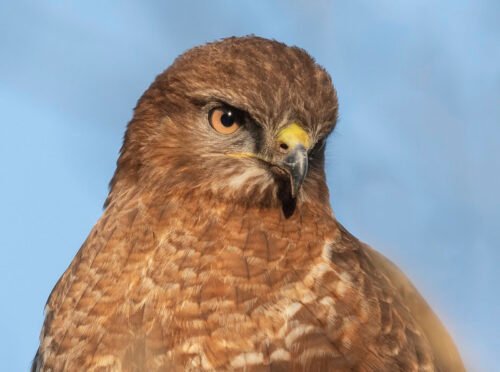
With variable plumage ranging from dark brown to light creams, the Common Buzzard is a master of disguise. Their broad wings and short tail give them a powerful appearance. Rodents, birds, and earthworms constitute their diet. They are known to play dead to escape predators! They are quite widespread, but a good place to spot them is the Kalkalpen National Park.
10. Peregrine Falcon (Falco peregrinus)
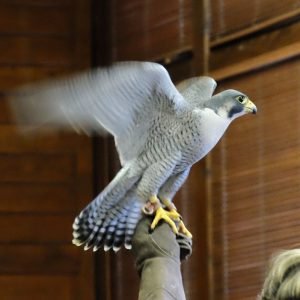
Cue the drumroll for the speedsters of the skies – the Peregrine Falcons. Donning a sleek, crow-sized frame with bluish-grey back, barred white underparts, and a black head, they are the epitome of aerial finesse. Mid-air, these daredevils prey on medium-sized birds and bats. Hold your breath, because these falcons are the fastest birds in the world, clocking in at over 240 miles per hour in a dive! For a date with speed, the cliffs of Hohe Wand beckon.
11. Northern Goshawk (Accipiter gentilis)
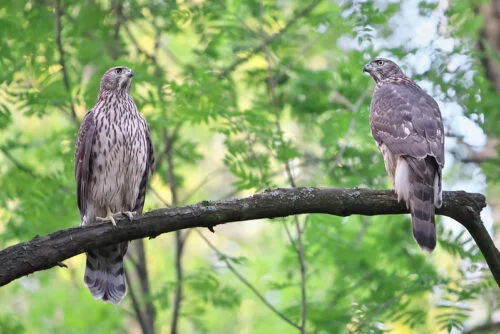
Here comes the fierce predator, the Northern Goshawk. Medium-sized but powerful, these birds are gray with a finely barred tail. They are experts at chasing down prey through thick woods. A versatile palette, they enjoy a spread of birds and mammals. Be warned, they fiercely defend their nests! The best place for a potential sighting? The dense forests of Styria.
12. Eurasian Eagle-Owl (Bubo bubo)
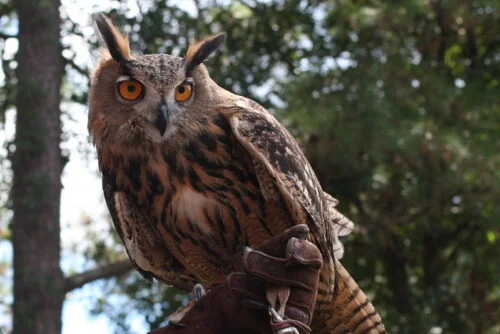
Who’s there? It’s the Eurasian Eagle-Owl with its stunning orange eyes and tufted “ears” that are actually feathers. A true night owl, this one prefers nocturnal escapades. With a wingspan of up to 6 feet, these birds like to mix up their diet with a range of rodents, birds, and sometimes even other owls! Gossips say they’ve lived up to 60 years in captivity – talk about aging gracefully! Take a night stroll in the woodlands of the Austrian Alps for a chance encounter.
13. Short-toed Snake Eagle (Circaetus gallicus)
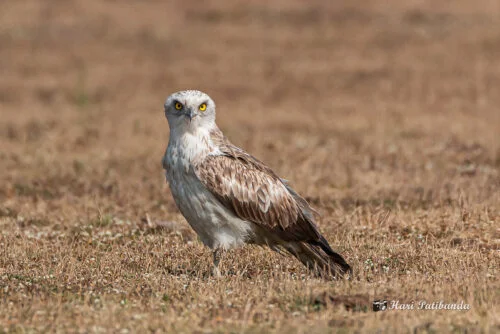
The Short-toed Snake Eagle, or the “snake’s nightmare”, is an adept hunter of reptiles. With a light head, dark eyes and a wingspan of up to 5.7 feet, they specialize in hunting snakes. A neat party trick – they can ingest large quantities of snake venom unharmed! See these snake charmers in action in the Nationalpark Thayatal.
14. Lanner Falcon (Falco biarmicus)
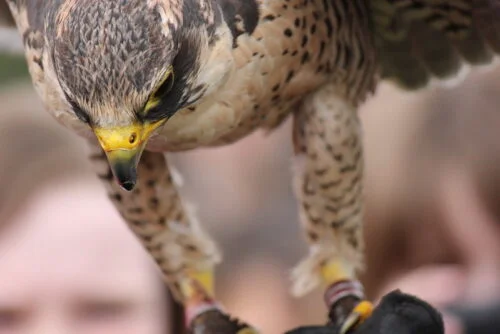
The Lanner Falcon is the royal jetsetter, with a bluish-grey cap, reddish nape and agile flight. They mostly prey on birds and are known to be extremely territorial. History lesson – they were historically used in falconry by nobility. To spot these noble birds, the cliffs and open landscapes of Carinthia beckon.
15. Long-eared Owl (Asio otus)
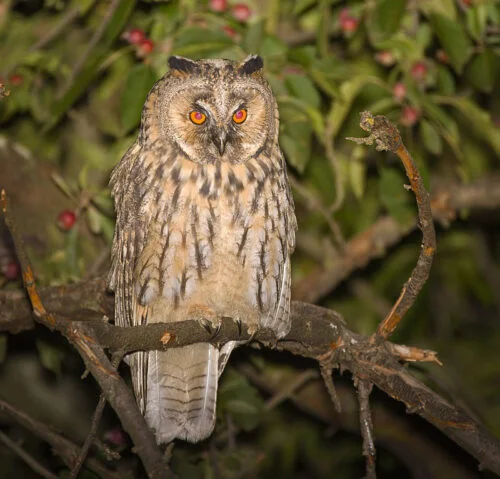
With tufted ears that could make any rabbit envious, the Long-eared Owl is an endearing figure. Camouflaged in brown and buff, they mainly feed on rodents. Fun fact: Their ears are not actually ears, but tufts of feathers! Their real ears are hidden! A night adventure in the Vienna Woods might just get you an audience with these adorable creatures.

